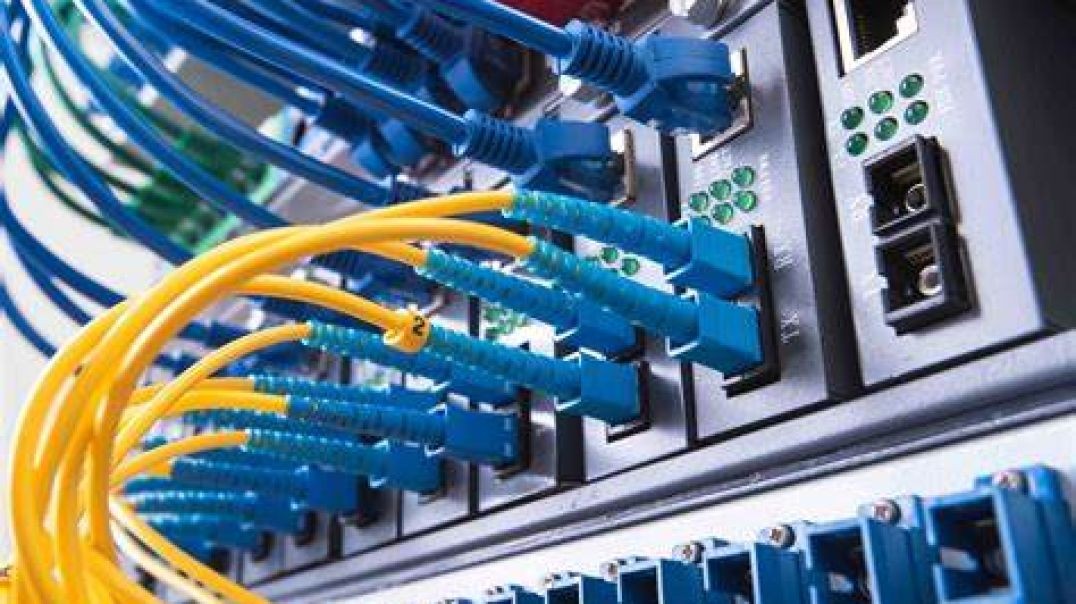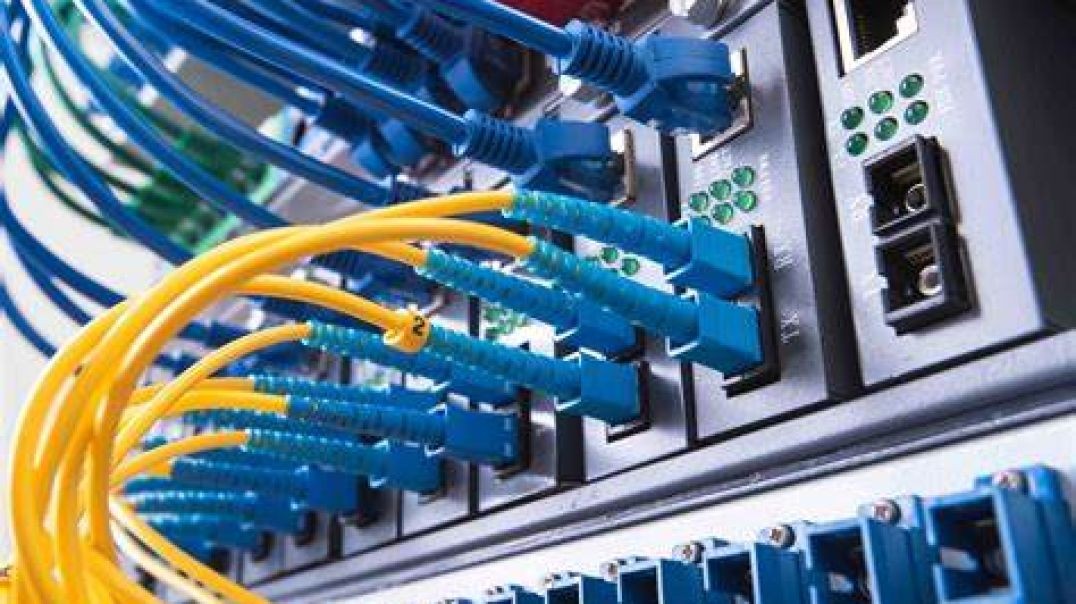4. Wired LANs vs. Wireless LANs
0
0
174 ビュー·
10 9月 2023
Part 04 of Computer Networking Fundamentals: Wired Local Area Networks vs. Wireless Local Area Networks
Wired LANs vs Wireless LANs
At the end of this episode, I will be able to:
- Compare and contrast wired and wireless LAN implementations.
Learner Objective: Identify the characteristics and importance of VLANs
Description: In this episode, the learner will be introduced to the basic constructs and characteristics of wired and wireless local area networks.
- Introduction to Network Infrastructure
- Wired LAN
- Devices in this type of LAN are connected using bounded media
- Bounded media types
- Copper - The most prevalent LAN-based network medium used today. This medium uses single or multiple copper conductors to transmited data.
- Fiber - These medium uses an optical light source to transmit data through a concentrated core made of either plastic or glass.
- For devices to communicate, they need to be physically connected via Ethernet switch
- Due to the nature of the physical connections, wired networks can provide a higher level of security than wireless networks
- Wired LANs can have constraints
- Limitation of cabling (distance, electromagnetic interference, damage)
- Building requirements (historical sites, cumbersome installations, proximity to the connectivity device)
- Mobility is challenging
- Wireless LAN
- Devices in this type of LAN connect to the network via radiated energy
- Wireless LAN Types
- Infrastructure mode - In this type of Wireless LAN, a centralized network device called a wireless access point controls all communications on the network.
- Ad-hoc mode - In this type of Wireless LAN there is no centralized connectivity device. The wireless devices communicate directly with each other.
- Wireless LANs have become increasingly more popular due today because:
- Ease of installation
- Reduction of physical cabling
- Mobility
- Simplicity to add devices to network
- Disadvantages
- Communication eminations
- Obstacles and interference
- Network saturation and congestion
- Hybrid LAN
- Most common LAN deployment in modern networks today
- This type of LAN combines both wired and wireless communication
- Wired LAN
- Workstations and servers (these are stationary devices)
- Wireless LAN
- Laptops, tablets, smartphones (these are devices that require mobility)
- Any stationary device that requires a connection, but cabling is not feasible or possible
- Wired LAN
もっと見せる
0 コメント
sort 並び替え






